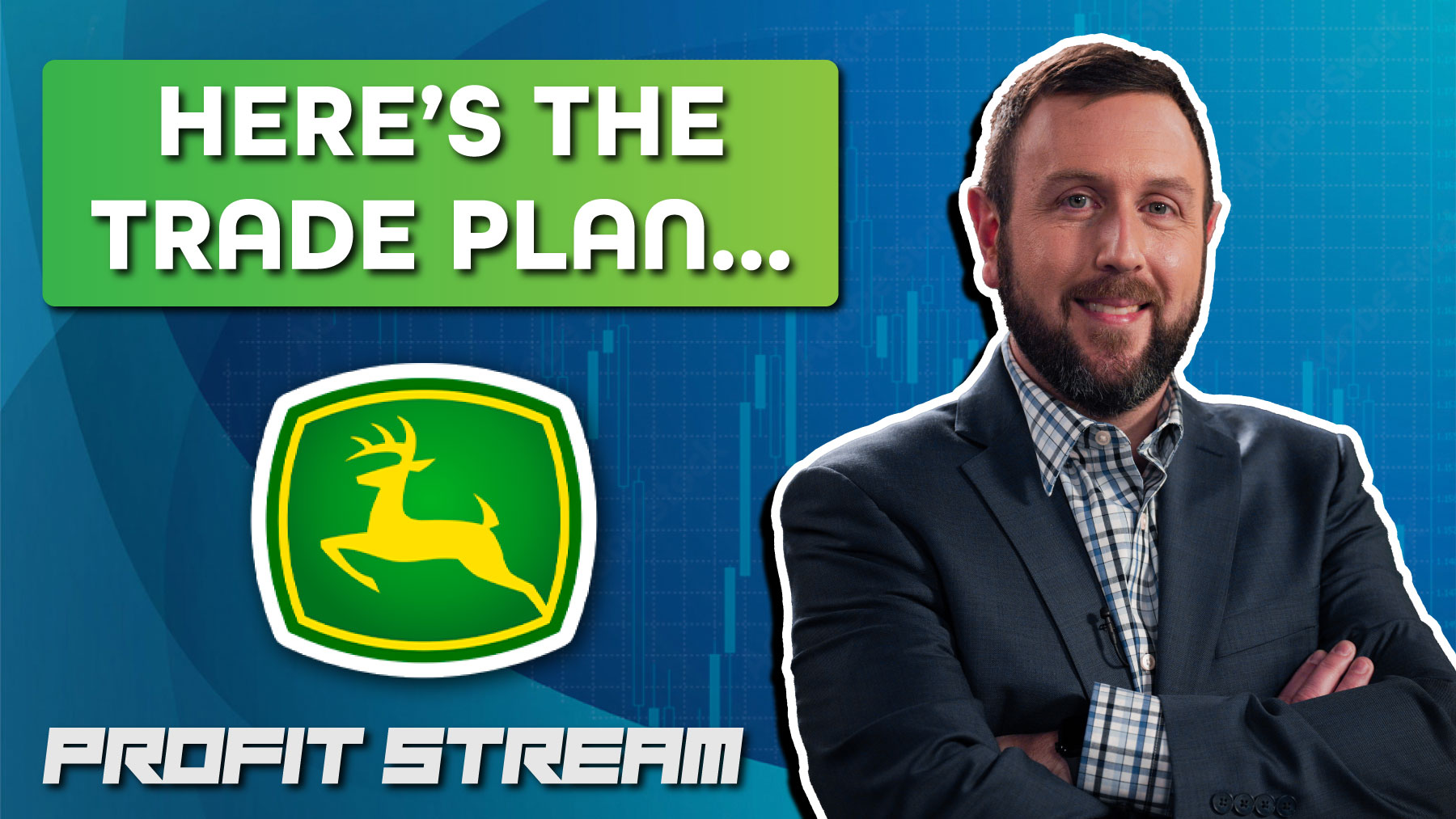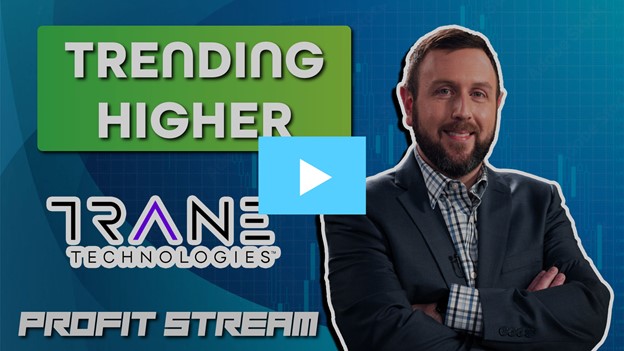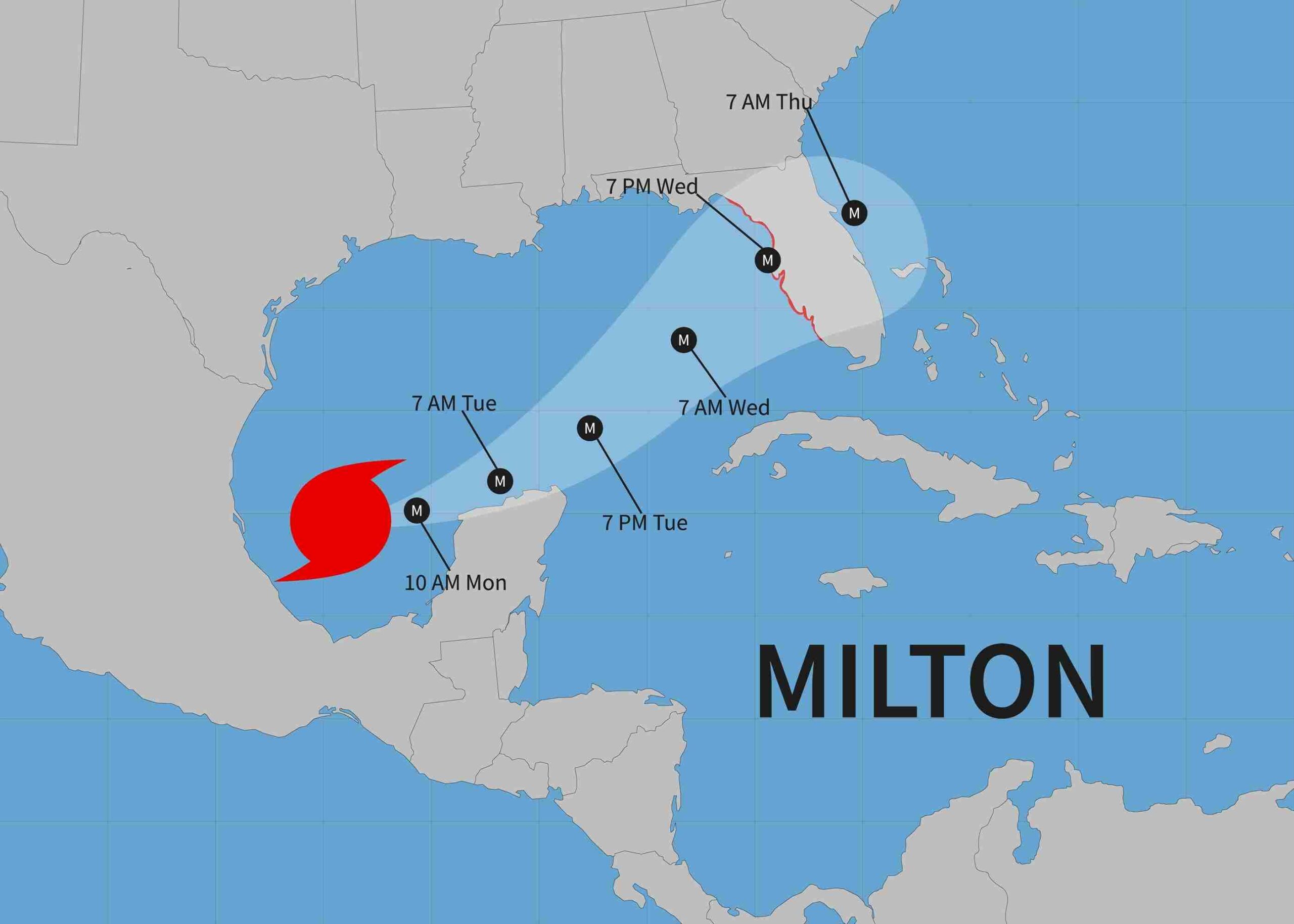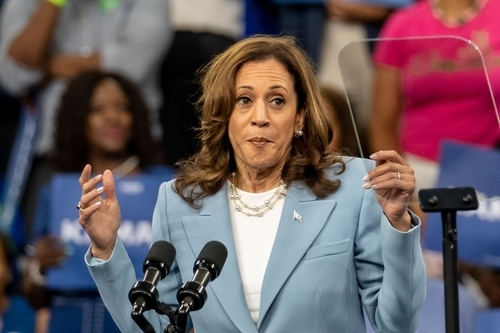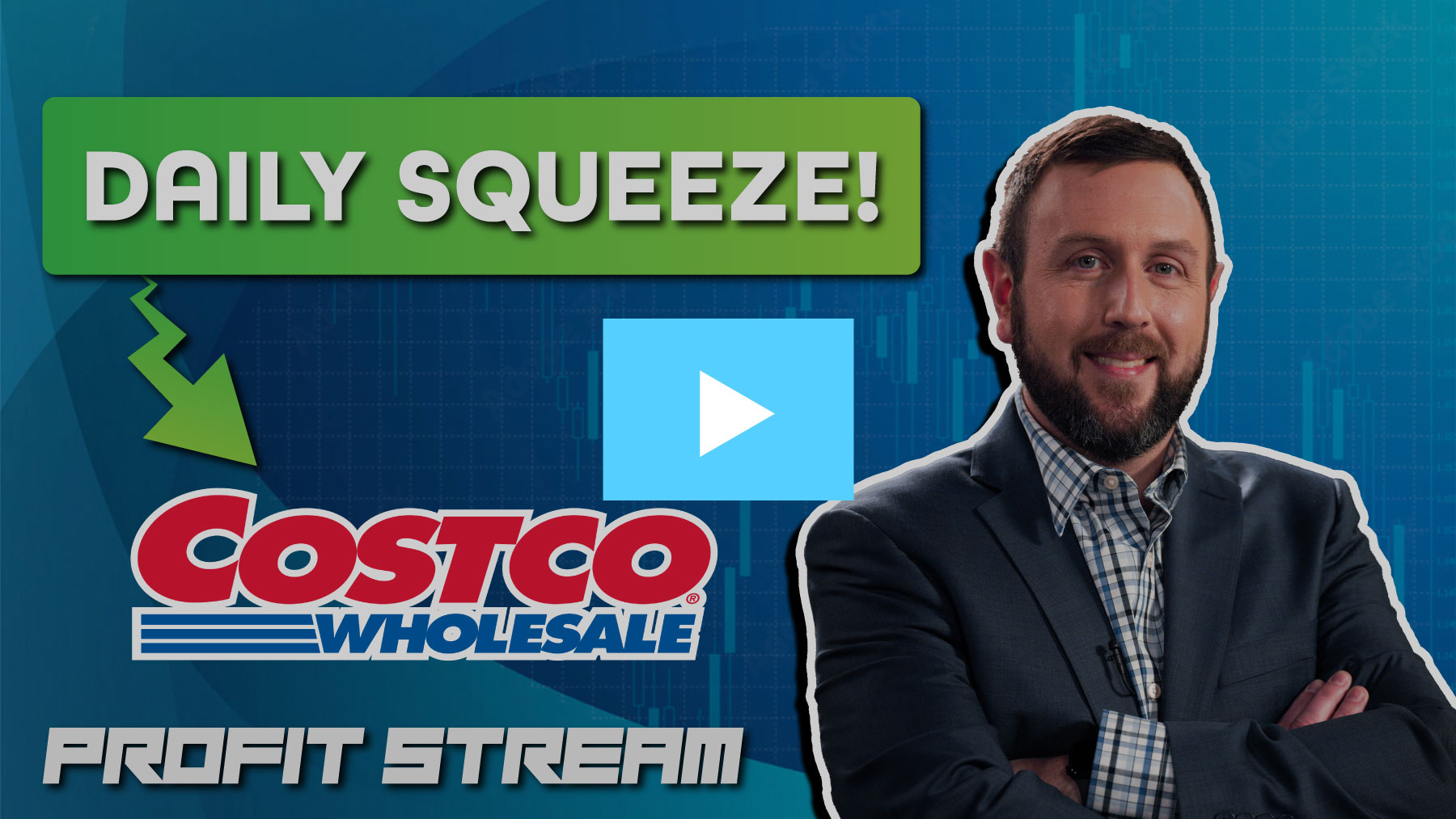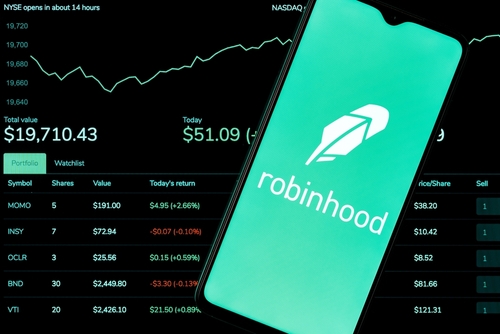How Options Can Be Used to Predict Profits in the Stock Market
Editor’s Note: Today, we’re going back to another Karim classic.
In this issue, Karim provides his insight on how options can be used to predict profits in the stock market. Check it out below.
-Bryan Bottarelli, Head Trade Tactician
Some opportunities are more obvious than others, as press releases can put the spotlight on certain stocks and impact shares before or after the market is open.
Of course, news is also released during the day. But unless you are glued to a screen and have a quick trigger finger, you will most likely miss out on any significant moves the news creates.
Some market participants can move in milliseconds… so even if you’re able to act in seconds, you’ll be far behind.
We live in an age of lightning-fast connections and machine technology that trades using complex algorithms. Emotion and judgment do not cloud the actions of a supercomputer.
But there’s one event that offers you as close to a level playing field as you can get: when a company reports its earnings.
Companies release earnings either after the markets close or before they open. Sure, you can play a stock in the post- or premarket period, but you can’t play options then.
The options market tells you ahead of time what the investing community – including those multimillion-dollar computers and highly paid algorithmic formula creators – thinks the numbers will be and how a stock will react when the market opens.
Is it perfect? No.
But it’s as close as you’re ever going to get to a level playing field.
Here’s the catch…
First, the reaction to earnings reports is not always accurately indicated by the options market.
Second, you may know the size of the reaction to the earnings report ahead of time, but you are not going to know the direction.
So, today, let’s focus first on calculating the reaction.
The reaction is called implied volatility. It measures the implied percentage move in the stock after the release of earnings. That implied move can be immediate, or it can build over a period of hours or even days.
Luckily for you, there is a quick formula to calculate this…
Take a look at the stock price and choose the options that have the closest expirations and the closest strike prices to where the stock is trading. Do that for both put and call options.
Then add up the price of the put and the call, and divide that number by the current share price. That gives you a percentage approximating the move expected by the market.
As an example, take stock “X”…
Assume the shares for stock X are trading at $20. You look up the options chain and see that there are weekly options. The $20 call option is trading for $1.20, and the $20 put options are trading for $1. That is $2.20 in total. Divide $2.20 by $20, and you get 11%.
That is the expected move for the shares. It’s that simple.
Now, that 11% doesn’t tell you which direction the shares will move. It just gives you the expected move.
Action Plan: In The War Room, we use these formulas, along with research and other proprietary indicators, to give members the best possible chance of making blowout profits when earnings are being released.
Our profits have been phenomenal at times. And there are a slew of releases coming up soon. Find out how you can participate and trade with me and other professional traders in real time in The War Room! Click here to join today.
More from Trade of the Day
This ONE Strategy will be Key during Election Week
Oct 31, 2024
Crypto Mining Play’s Election Setup
Oct 30, 2024
The Next Two Weeks Will be Huge…
Oct 29, 2024
“My Playbook For Election Week”
Oct 29, 2024


